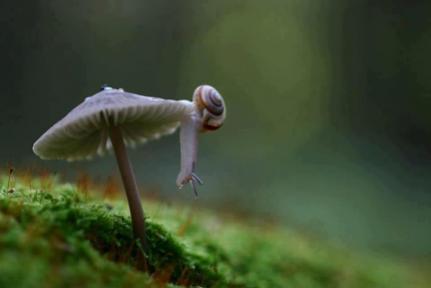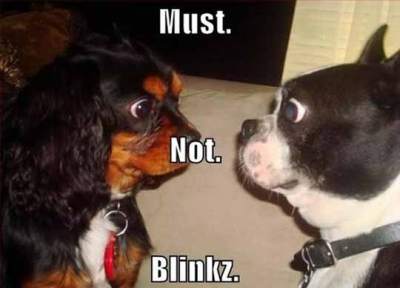One very important aspect of a good lab it its internal scientific activity. Students and staff benefit much from a dynamic scientific environment. Regular meetings where science is presented and discussed is something that will develop your communications skills, your ability to synthesize, to get a critical view of approaches and topics and simply will increase your scientific culture. It can be of various forms, Lab Meetings, where the last progresses or projects of group members are reviewed and discussed, Journal Clubs, where some papers in the literature are presented and criticized, Conference Reports, where one lucky bastard summarises to the others the amazing talks he/she went to at that last congress in Hawaii (because only the teacher’s pet got to be sent there), or any other form of scientific interaction in groups (acid battles in the chem lab don’t count).
In our lab, we don’t do Conference Reports, because we usually travel in herds – I’m too shy to get to conferences alone – but we do the other types. We have the Ant Club, where we present some interesting papers in Myrmecology (in general on invasive species or community ecology). We have Team Meetings, where we discuss the projects of Master students, the past work of newly arrived postdocs or the latest findings of other group members (plus loads of administrative crap). And we have the Sémibière, which is the subject of this post. Yeah, I know, my introductions are awfully long. That’s just to show you what you should not do.
The Sémibière is a regular meeting held especially for the benefit of students (although we all enjoy it). We had realised that students were especially shy went it comes to expressing opinions in front of the others, mostly because they were convinced that their opinion was crap – or that they didn’t even have one. They were also rather un-motivated by technical papers, like on modelling or stats or such. So we decided to do a different format. First, we remove the “naire” part of the word “séminaire” (French for seminar) and replaced it by “bière” (beer in French). The journal club is held with beers and nibbles, because we know that will attract students as surely as vinegar attracts flies (does it really?). Simple but efficient. When the weather is good, we do it outside – we have an awesome campus and I installed picnic tables for this very purpose.
The other change was to treat only papers of two specific types. The first one is funny papers. Papers that have a real set of scientific features that make their discussion beneficial – approach, structure, methods, presentation, etc – but on a funny topic. We discussed the population dynamics of the Loch Ness monster, the demonstration of Murphy’s Law (when you drop your toast, it always lands on the buttered face), a Capture-Mark-Recapture model of tea spoons disappearing from lab coffee rooms, the Ring Effect (males are supposedly more attractive if they have a wedding ring – a type of honest signal showing that they have been picked up, so are probably higher quality mates), etc.
The second type of papers we discuss in the Sémibière is controversial papers. For example, should we re-wild North America, by introducing the long extinct elephants, lions and giant turtles, or this that an ecological blasphemy? The best-ever-genius-idea or the most dangerous stupidity? We don’t provide the answer, because probably there isn’t a single/simple one, but we present the arguments and confront our various points of view. Controversy helps anyone to have an opinion, or to say why they can’t decide. There, I’ll make a specific post category for these controversy themes, so I can present some difficult scientific controversies and prevent you to sleep forever over these unresolvable existential issues. Mouahahaha!






















[…] Sémibière […]
LikeLike
[…] Sémibière […]
LikeLike